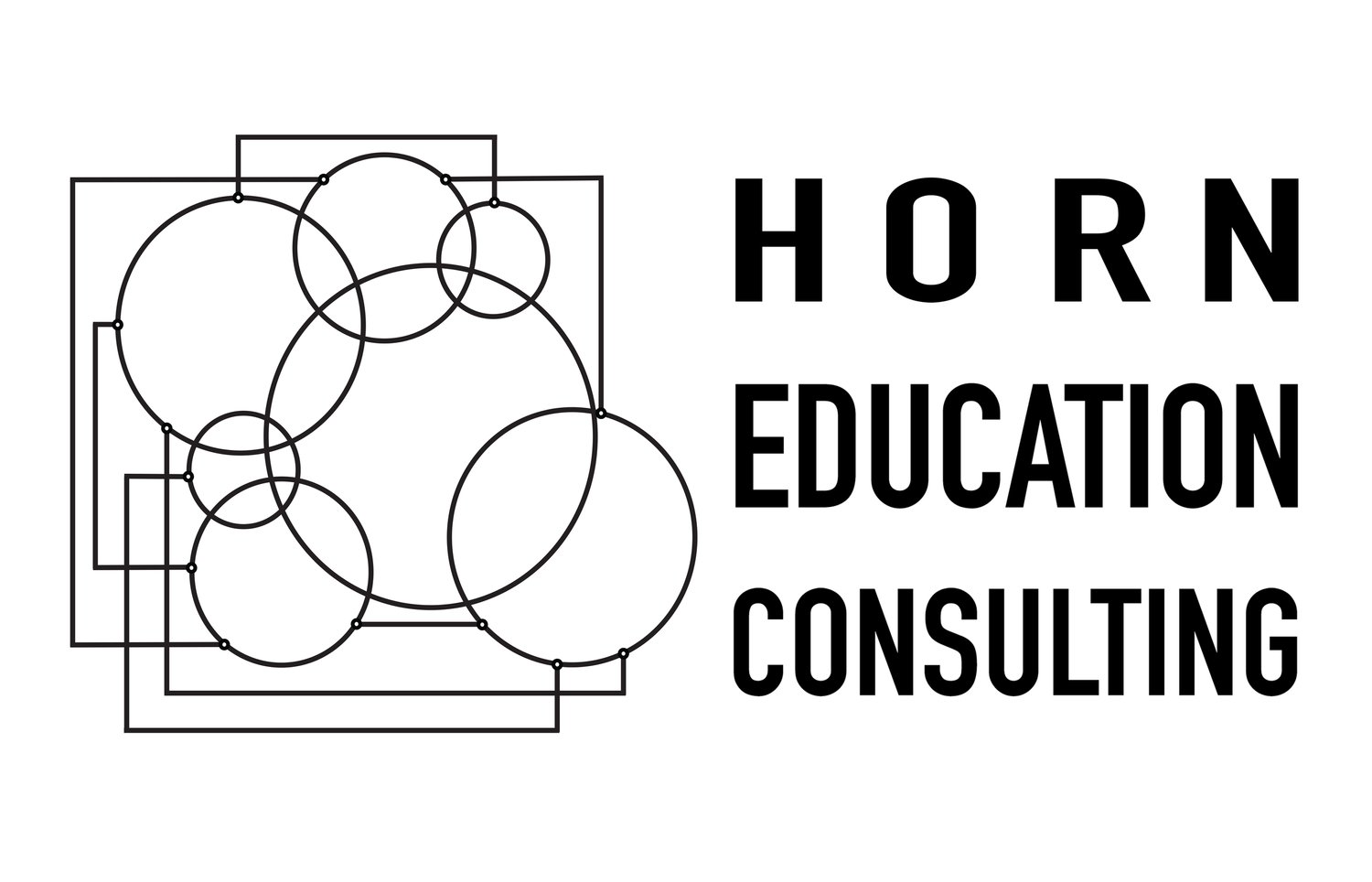The Idea About Writing You Most Want to Die (004)
Five-paragraph essays. Writing for the teacher only. That careful writing is for English compositions, but not lab reports. That there's a formula for "good" writing. What is the idea about writing (or the teaching of writing) you'd most like to die? For this episode, a panel of current Master's students at the Middlebury Bread Loaf School of English consider a range of answers to this question.
Thanks to those who contributed responses to this crowdsource experiment, including Warren Hynes, Nancy Latimer, Eleanor Lear, Susan Lytle, Anthony Mormile, Alexis Anderson-Urriola, Cindy Casazza Assini, Jenni Brand, Kevin Amidon, Steve Ruskin, Noni Thomas Lopez, Heather Rocco, Daniel Turkeltaub, Al Morales, Jeff Nunokawa, and Lisa Marie Basile. Special thanks to Mark Wright (BLSE '89), whose magic piano scores this edition. As usual, intro and outro appear courtesy of Shayfer James, whose music may be heard and purchased here. Al Morales drew the beautiful sketch "Rough Edges" used as the featured art for this episode. Finally, thanks to Freakonomics Radio and Edge.org for inspiring the This Idea Must Die theme.
As you'll hear, the panelists are good friends who work in a range of settings, from the library of a K-12 independent school in New York City (Sarah Murphy) and the theater of a New Jersey county magnet performing arts high school (Robyn Lee Horn) to the English departments of public schools in Austin, Texas (Stacy Rodgers) and Salt Lake City, Utah (Amy McNeill). I find their voices helpfully distinct once you listen a little while, but if you want to be crystal clear on who said what, consult the detailed outline or transcript.
Thumbnail image for this episode used again above is “Rough Edges” by Al Morales, inspired by one of Robyn’s comments in the episode.
EPISODE STRUCTURE
Sarah Murphy maintains composure during soundcheck. Here's the Teen Vogue article on "fake news" mentioned in her intro.
Act 1: Essays, including the dreaded 5-paragraph variety (05:12)
Act 2: More authentic audiences for writing (13:15)
Act 3: Author(s) and voice (18:37)
Act 4: Purpose, grades, rules (23:41)
Act 5: Process, difficulty, honesty, and doodling (32:31)
This episode's panel (pictured left to right)--Stacy Rodgers, Amy McNeill, Robyn Lee Horn, and Sarah Murphy--just outside their rented farmhouse in Goshen, Vermont, August, 2017.
Additional Resources
Amy shared some thoughts about the extraordinary notebooks she encourages kids to make in order to explore questions, problems, whims, ideas, and dreams. Punch the button below for a PDF with examples.
One of Sarah’s concerns when it comes to media literacy is students’ ability to navigate internet sources. A September 2018 article published by the National Council for the Social Studies presents a brief overview of some of the work that the Stanford History Education Group (SHEG) has been doing recently. The SHEG website is well worth a visit!
Featured Musician
Snapped this smile while Mark Wright was working out some harmonies for the soundtrack. Could have listened to him all day!





